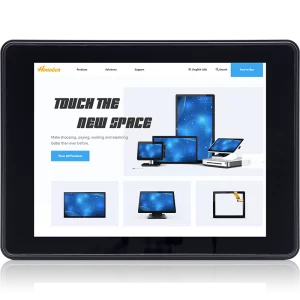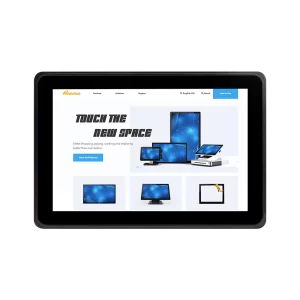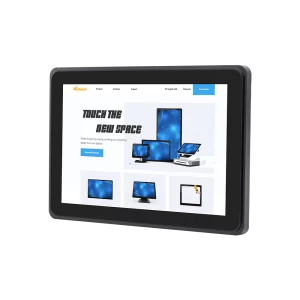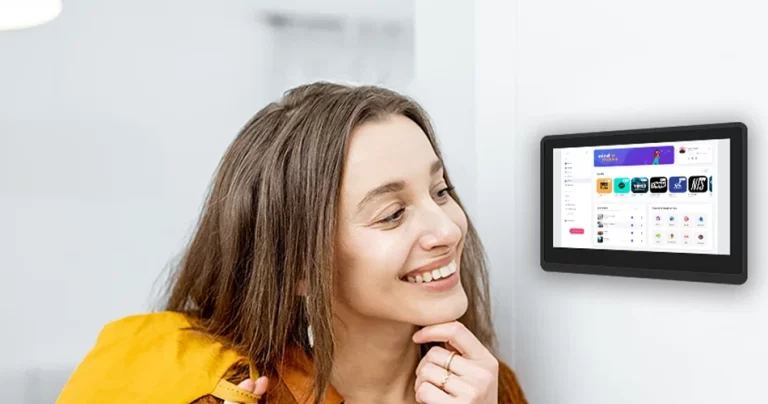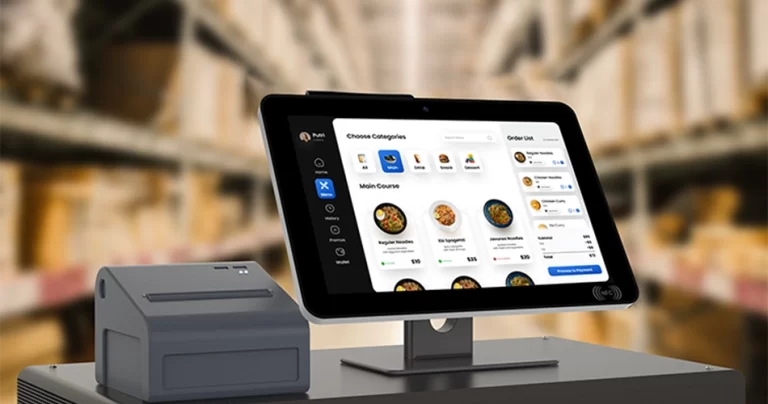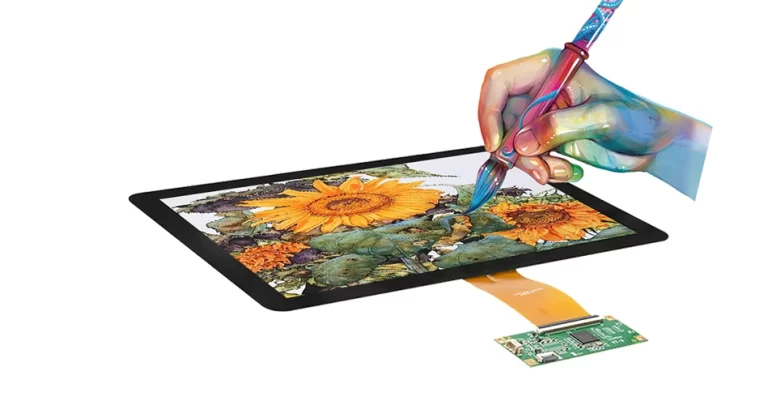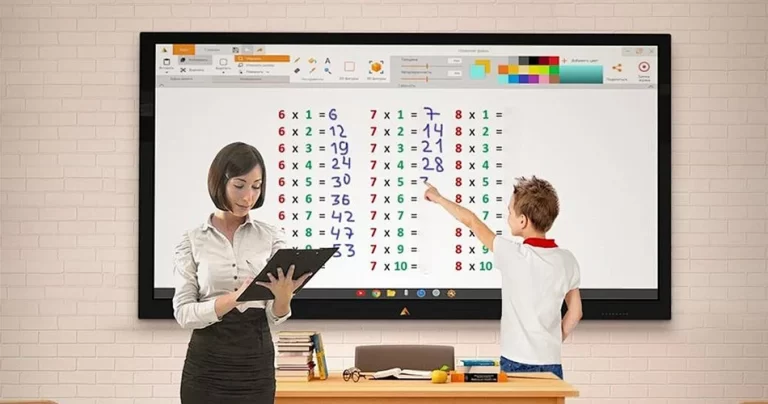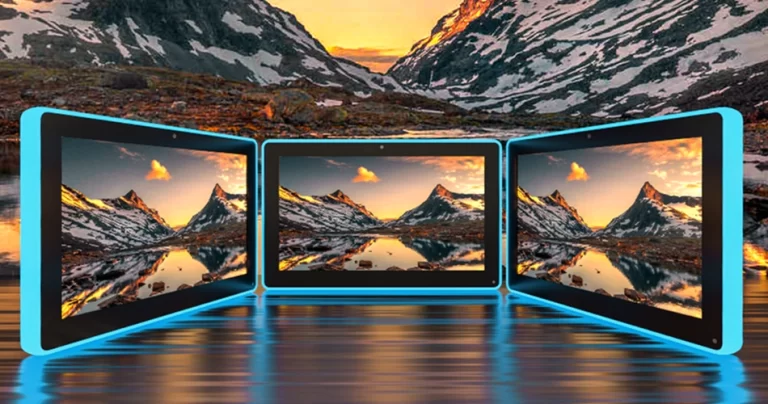The medical grade touch screen monitor has high standards of image quality and durability. It is a professional display designed for medical environments. The medical grade touch screen monitor uses advanced touch technology to adapt to the special needs of medical environments. There are four main technologies for the working principle of touch screens: resistive touch screens, capacitive touch screens, surface acoustic wave touch screens, and optical touch screens. In the medical field, capacitive and surface acoustic wave touch technologies are most commonly used because they provide better accuracy and durability. The medical grade touch screen monitor can meet the monitoring needs of medical professionals in diagnosis, treatment, and patient care, and even equipment sensing needs, and can perform real-time monitoring. At the same time, the medical grade touch screen monitor can also provide self-service functions and has 24-hour uninterrupted work, which brings great convenience.
The working principle of the touch screen of the medical touch screen monitor
The working principle of the touch screen mainly relies on four technologies: the resistive touch screen of the touch screen monitor, the capacitive touch screen of the touch monitor, the surface acoustic wave touch screen of the medical grade touch screen monitor, and the optical touch screen.
1: Resistive touch screen of the touch screen monitor: This technology consists of two layers of conductive film, with a small gap between the two layers of conductive film. When the screen is touched, the two layers of conductive film contact to form a current. The touch screen controller detects the current change and determines the location of the touch point by calculating the location of the current change.
2: touch monitor capacitive touch screen: It consists of a touch panel and a capacitive sensor, which can sense the capacitance change on the touch panel. When a finger touches the touch panel, the charge of the human body causes the capacitance to change. The capacitive sensor detects this change and sends it to the controller. The controller analyzes the location of the capacitance change to determine the location of the touch point.
3: medical grade touch screen monitor surface acoustic wave touch screen: It uses the propagation and reflection principles of sound waves. The touch screen surface emits ultrasonic waves. When the screen is touched, the sound waves attenuate. The receiver receives the attenuated sound waves and converts them into electrical signals. By analyzing these signals, the controller determines the touch position.
4: medical grade touch screen display optical touch screen, which realizes touch detection through light sensors and light sources. The light sensor is located on one side of the touch screen and the light source is located on the other side. When a finger touches the screen, the touch point blocks the projection of light on the sensor, causing the intensity of the signal received by the light sensor to change. The controller analyzes these changes to determine the location of the touch point.
Medical touch screen monitor plays a different role in each environment. Medical touch screen monitor can also be monitored remotely, bringing more effective diagnosis between medical and patients.
Remote monitoring of medical touch screen monitor
A remote monitoring server can be responsible for real-time data collection, display and storage. In addition to local operation, Touch screen monitor can also be remotely operated through remote monitoring and management systems. Hospital monitoring centers and doctors can remotely control sensors and devices in home wireless networks through medical touch screen monitor, so as to respond quickly when abnormalities occur in monitored patients. At the same time, real-time monitoring of medical touch screen monitor allows medical staff or technicians to view the operating status of medical equipment in real time through the remote monitoring platform.
Remote real-time monitoring helps to detect potential problems in time and take necessary measures to avoid them. When a problem occurs in medical touch screen monitor, the remote monitoring system will automatically trigger an alarm and notify relevant personnel by email, text message, etc. The alarm record of medical touch screen monitor can be queried, which is convenient for users to deal with problems in time. In terms of security and privacy, since sensitive medical data is involved, the remote monitoring system of medical touch screen monitor must ensure the security of data and the privacy of patients. Use encrypted communication protocols, authentication mechanisms and access control policies to protect data security. The self-service function of medical touch screen monitor has also brought great convenience to us.
Self-service of medical touch screen monitor
Wintouch‘s Medical touch screen monitor has been widely used in self-service terminal equipment in hospitals or clinics. Medical grade touch screen monitor can provide a variety of services, such as registration, inquiry of examination reports, payment of fees, etc., thereby reducing the waiting time of patients and improving the efficiency of medical services. The self-service of medical touch screen monitor can provide 24-hour uninterrupted service to provide patients with uninterrupted service. Medical grade touch screen monitor can also have the ability to integrate multiple functions such as payment, magnetic stripe card sensing, printing and other functions, reducing the need for patients to go to different windows to handle procedures. The existence of medical grade touch screen monitor greatly shortens the waiting time and reduces the waiting time in line. For the touch screen display manufacturers with different needs in different environments, there are more choices.

-300x300.webp)
-300x300.webp)
